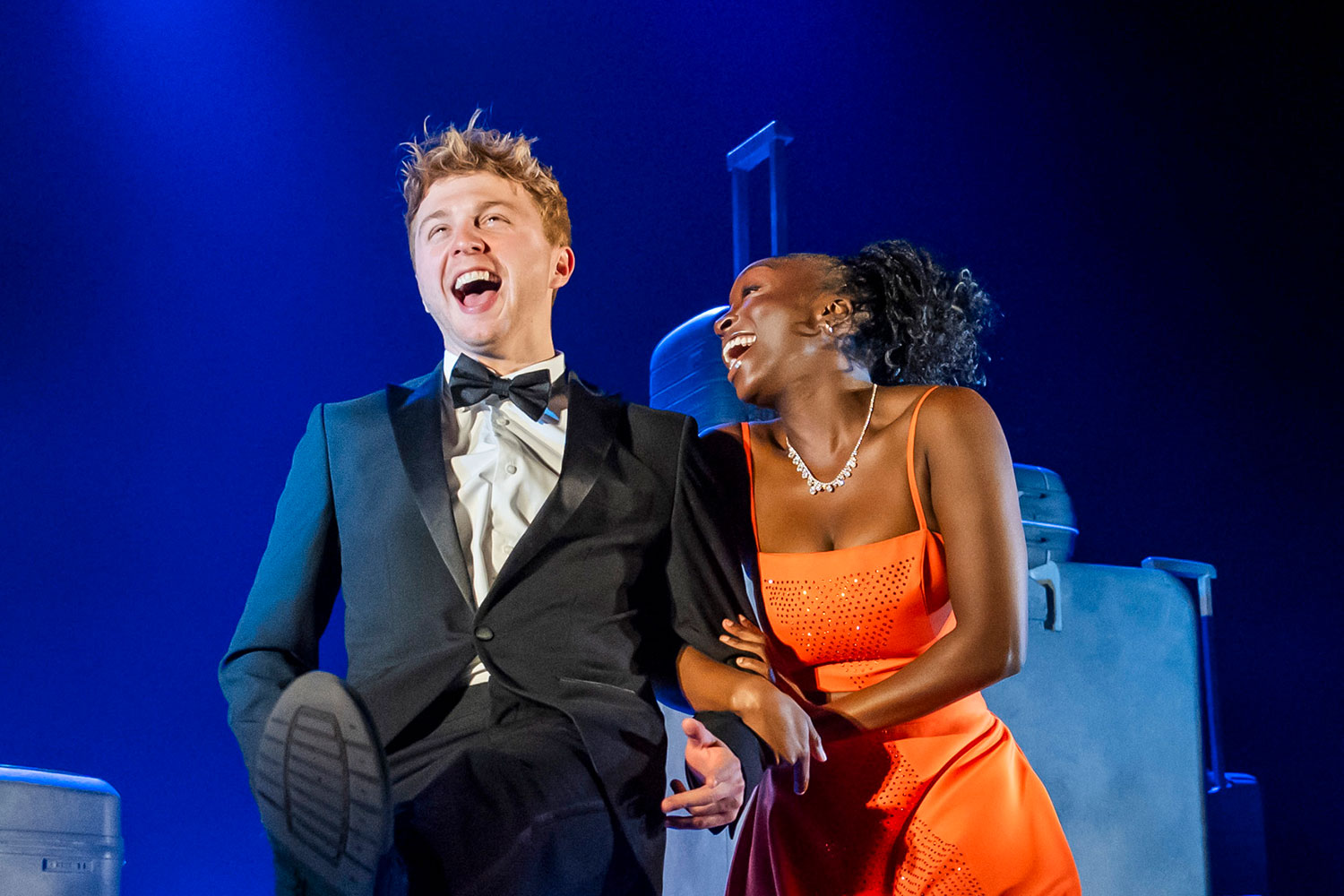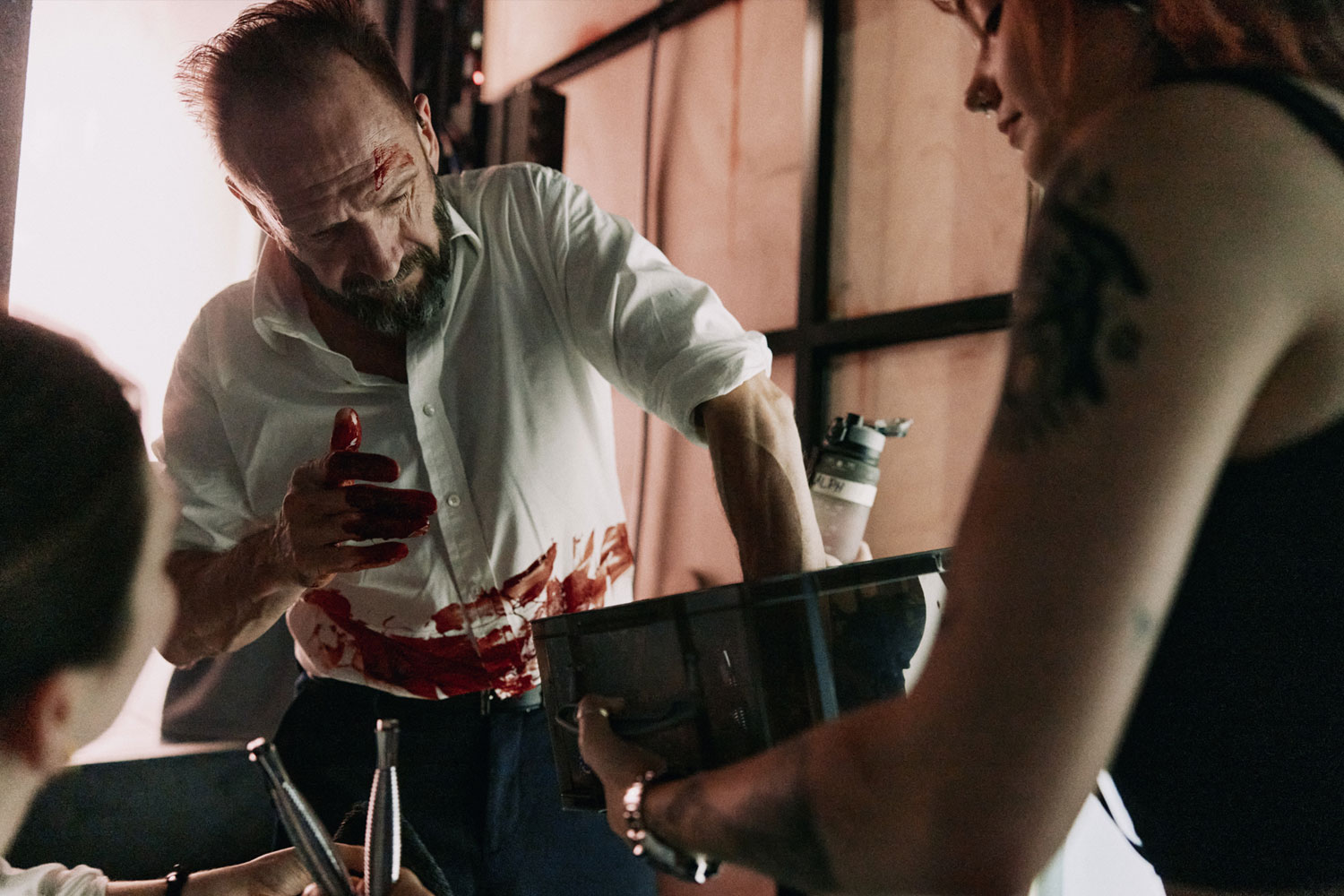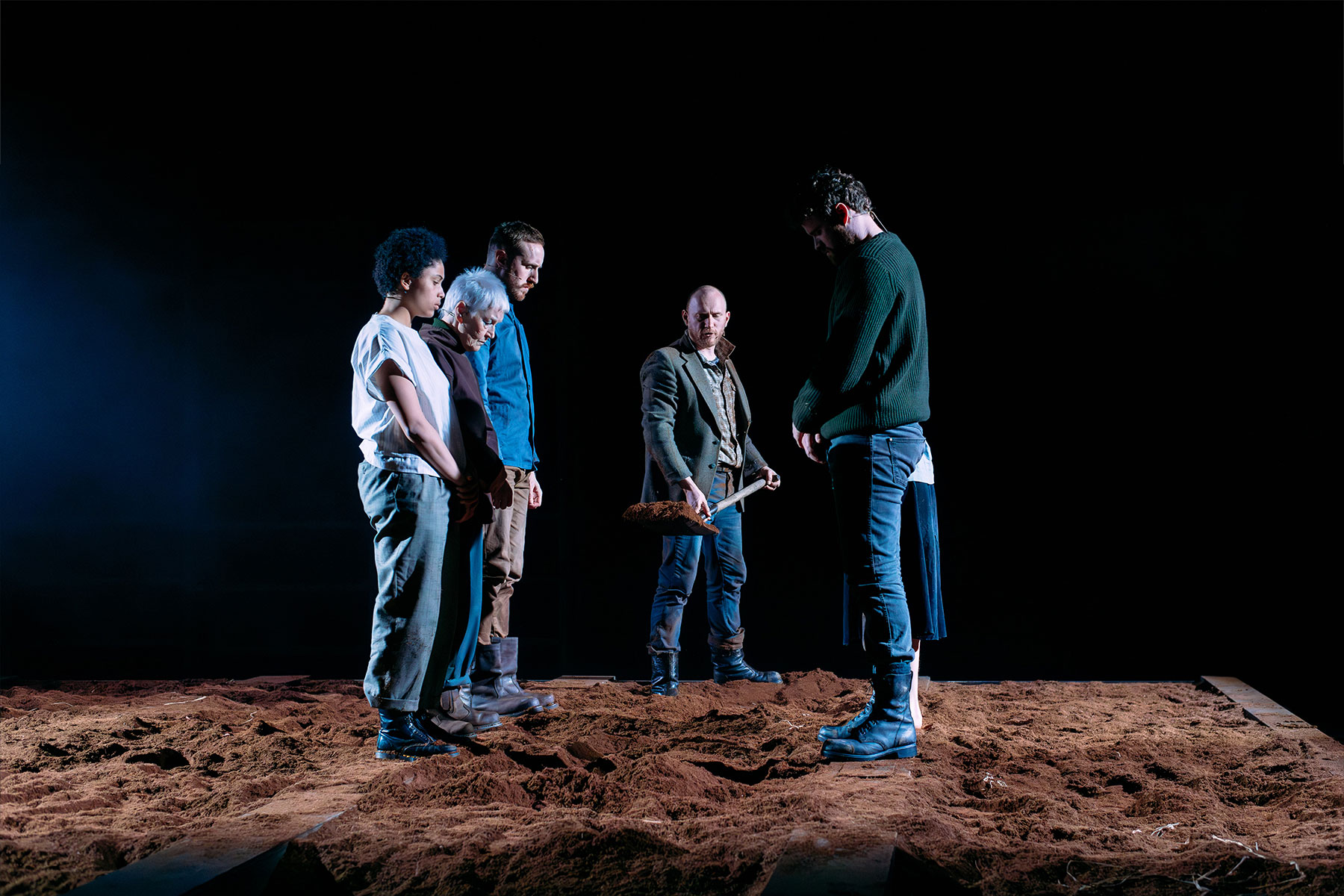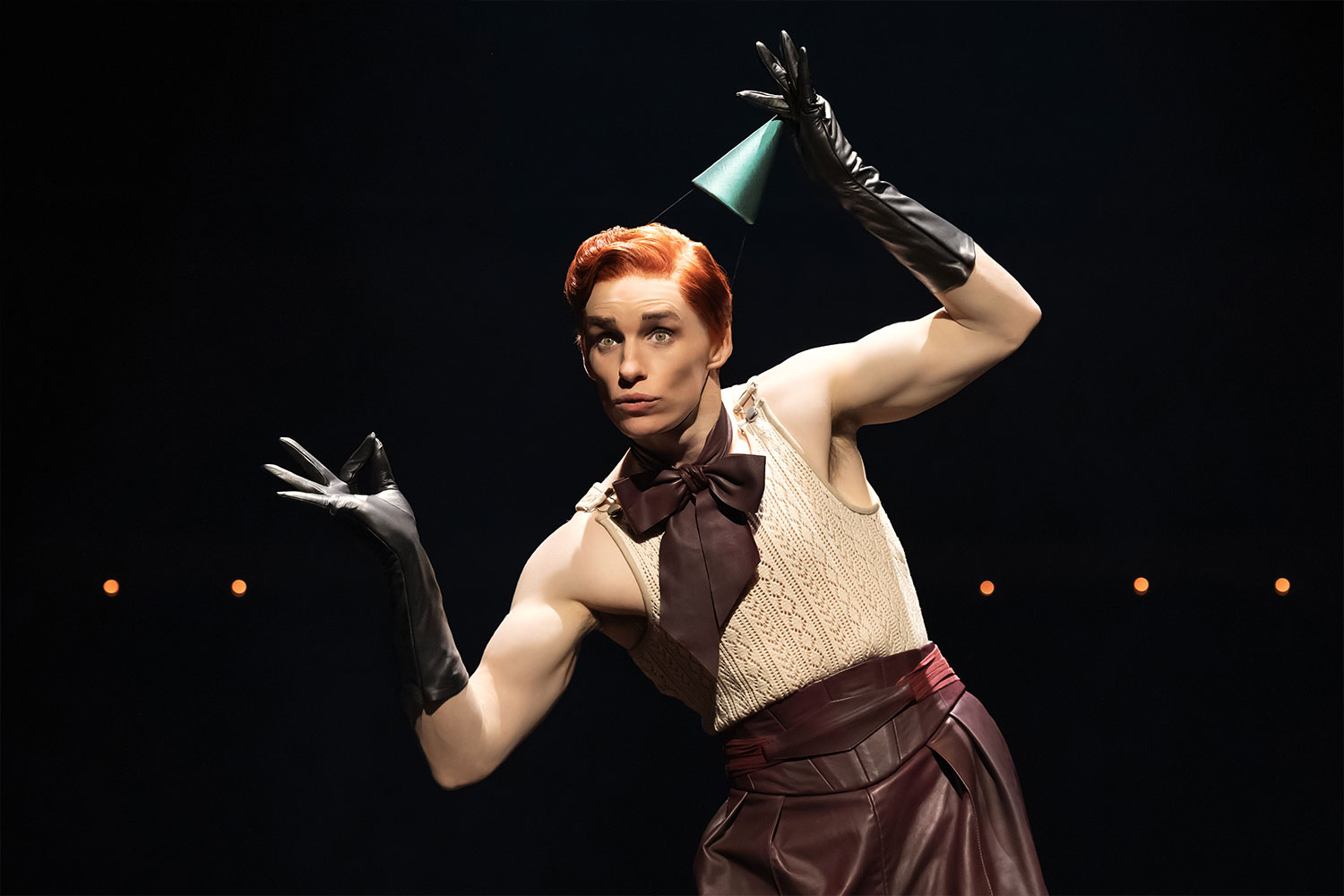d(ARE)/Here Be Lions (Print Room at the Coronet)
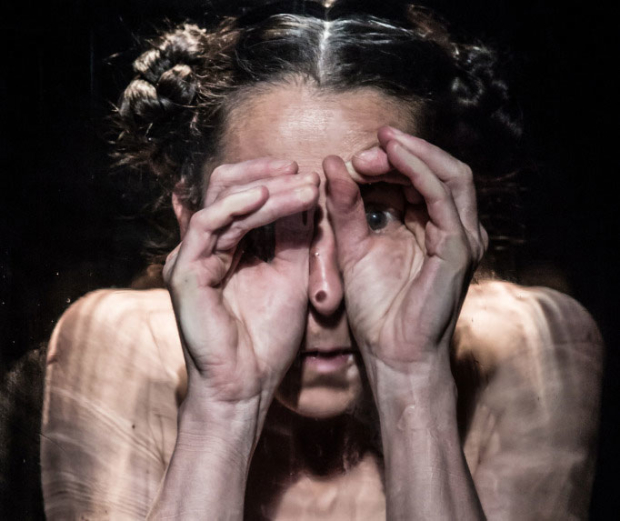
© Marc Brenner
British theatre has been looking towards the continent for some time – even as the possibility of Brexit looms. Shows like Thomas Ostermeier’s Hamlet and the pan-European collaboration Three Kingdoms have shifted the way theatremakers – and particularly young directors – are thinking about their craft.
Out of that has come Theatre of Europe – a two year initiative led by Henriette Morrison that will bring six significant European directors, including Germany’s Nicholas Stemann and Romania’s Radu Afrim to work in the UK. There are whispers of a seventh: Sebastian Nübling – he of Three Kingdoms.
It launches with this double bill from writer-director Stéphane Orly and dancer Sandrine Buring of France, first seen at the Avignon Festival in 2012. Both pieces respond to time the pair spent in residence at a hospice outside Paris, working with children with severe neurological disabilities
In the first piece, d(ARE) – by far the better of the two – Buring squeezes herself into a suspended glass bell jar; an adult equivalent of the animal embryos one sees in science labs. It’s too narrow for comfort, so her skin squishes up against the sides, and, to move, she has to contort herself, almost to the point of dislocating her shoulders. Her facial features distort through the glass – sometimes impossibly old, sometimes young – and, with her forearms in front of her face, her fingers fluttering like gills, she looks almost alien or insectoid. She sounds it too, emitting a series of mucal splutters and squawks.
It’s a piece that speaks of being locked in and limited, of isolation and sanitation, objectification and fascination. The spotlit jar is at once test tube, cage and display case and Buring – her body twisted, her ribs on show, her muscles pressed up against the glass – is a horrible, transfixing sight. There’s risk too – of getting stuck, shoulders popped, or of the glass falling and breaking, so her situation becomes fraught and her body brittle – just as for the hospice’s residents, simply being is dangerous. To be is to dare.
If d(ARE) shows us that existence from the outside, Here Be Lions attempts to give some sense of it. We sit in deckchairs in a room filled with fog. You can see your immediate vicinity clearly, but visibility drops off quickly, to sillouhettes and then to nothing. You can only ever get half comfortable, sat back on canvas but with wooden slats digging into your legs. You’re stuck, almost marooned, in this absolutely passive experience.
Over this are two voices: one, a whirring, gurgling, clicking vocal orchestra; the other a female narrator, spooling so many words about the hospice, its inhabitants and its resident artists. Orly’s text, translated by Neil Bartlett and spoken, oh-so-soothingly, by Hayley Carmichael, becomes a word soup; one you drift into and out of, catching snatches here and there. Helplessness. Waiting. "A long, long silence".
It’s a drawn-out experience, one that, presumably and presumptuously, echoes the empty eternity of severe brain damage and minimal consciousness. However, boredom as aesthetic experience is still boredom all the same and, since Orly can’t fully delineate the two, Here Be Lions falls apart.
d(ARE)/Here Be Lions, presented by the Print Room in association with Theatre of Europe, runs at the Print Room until 27 June



